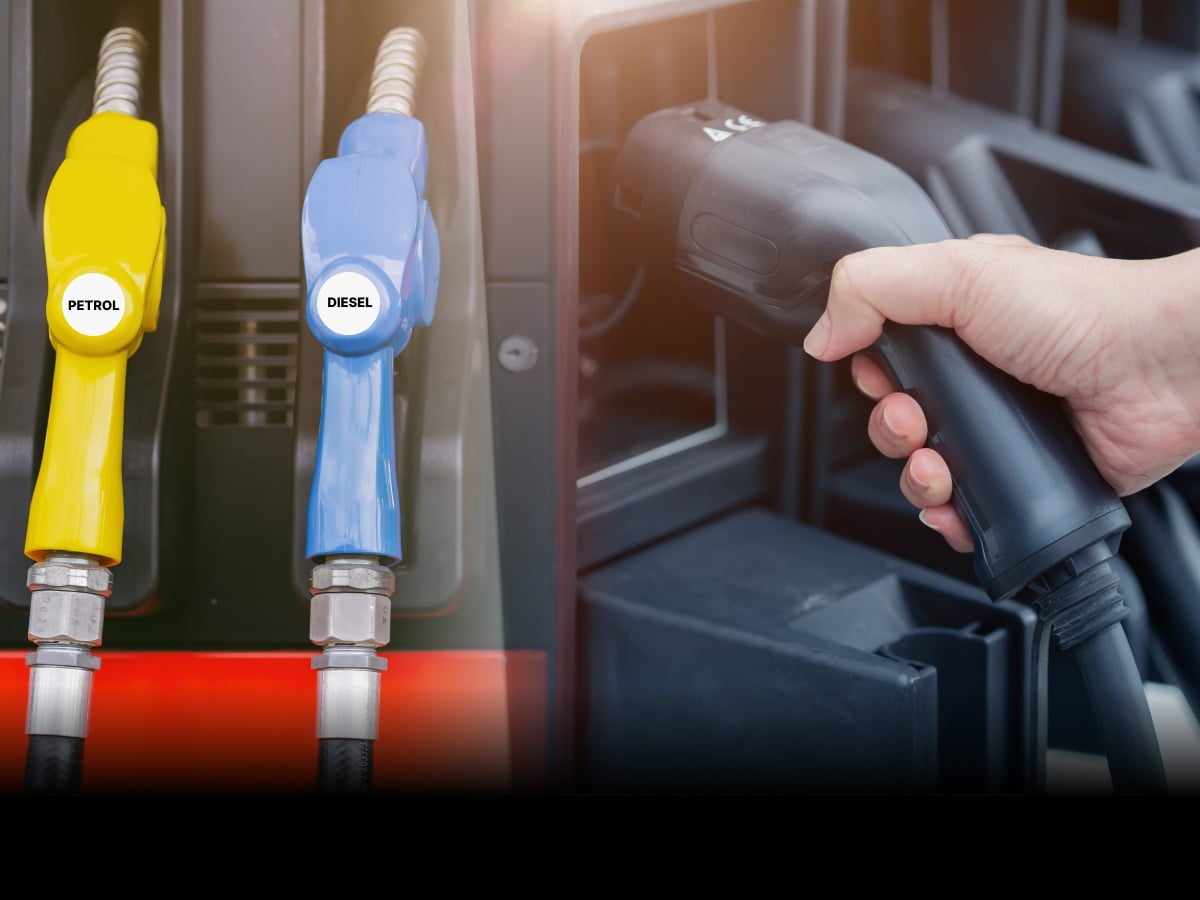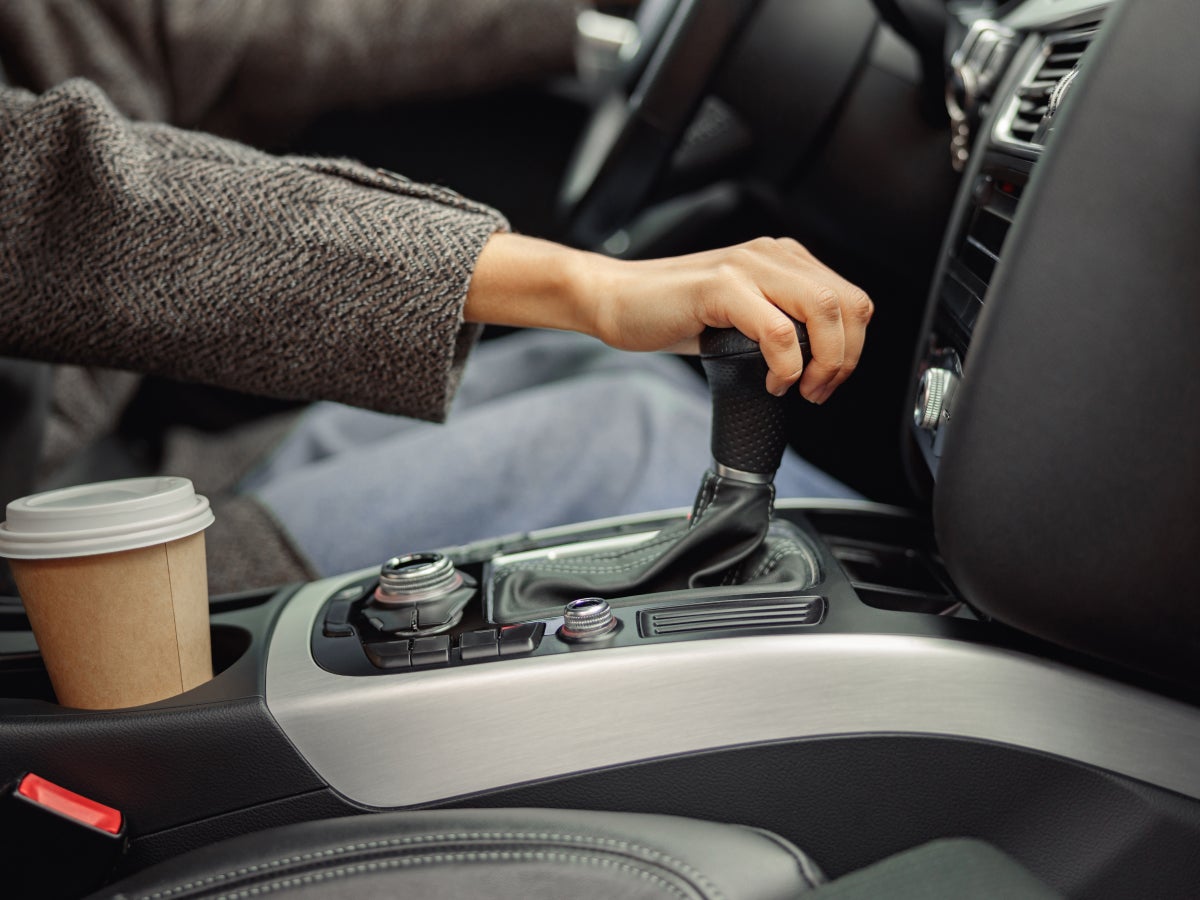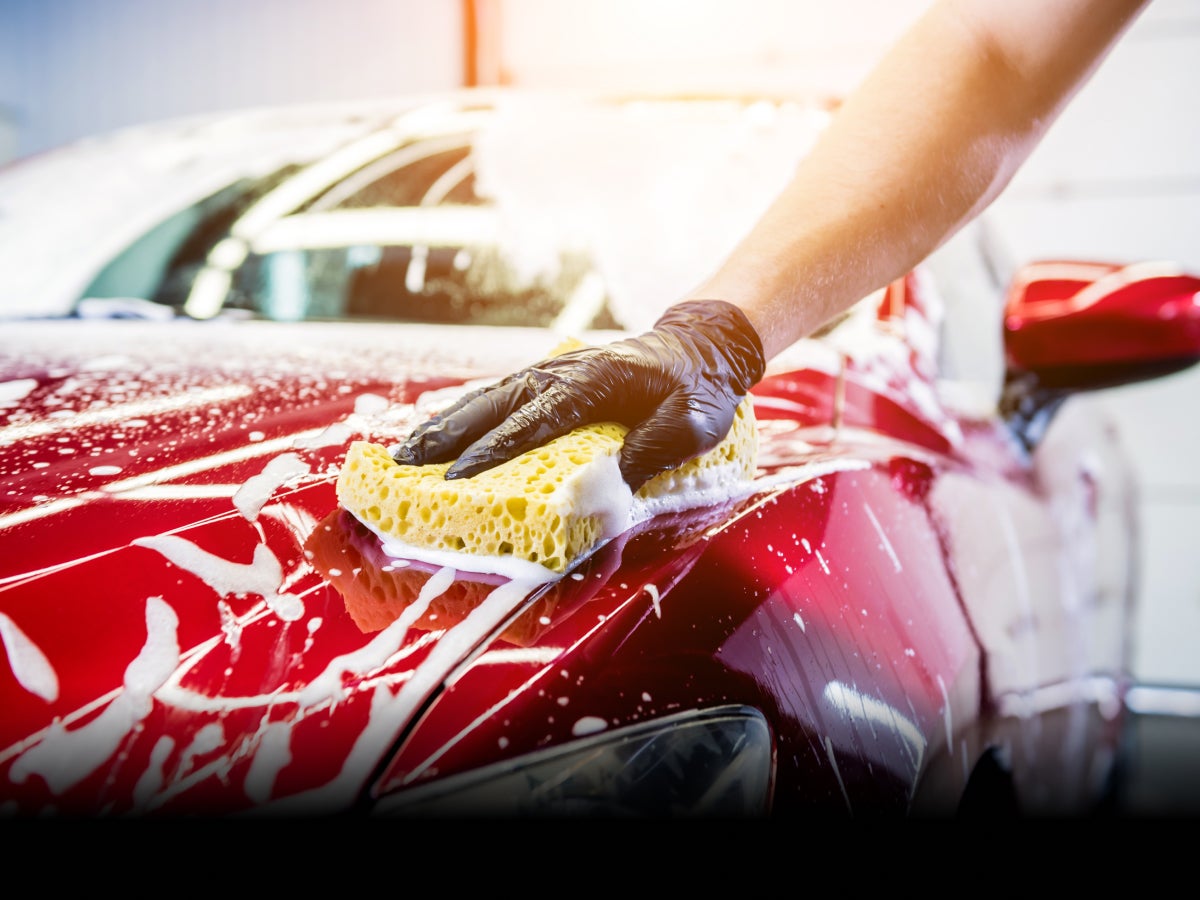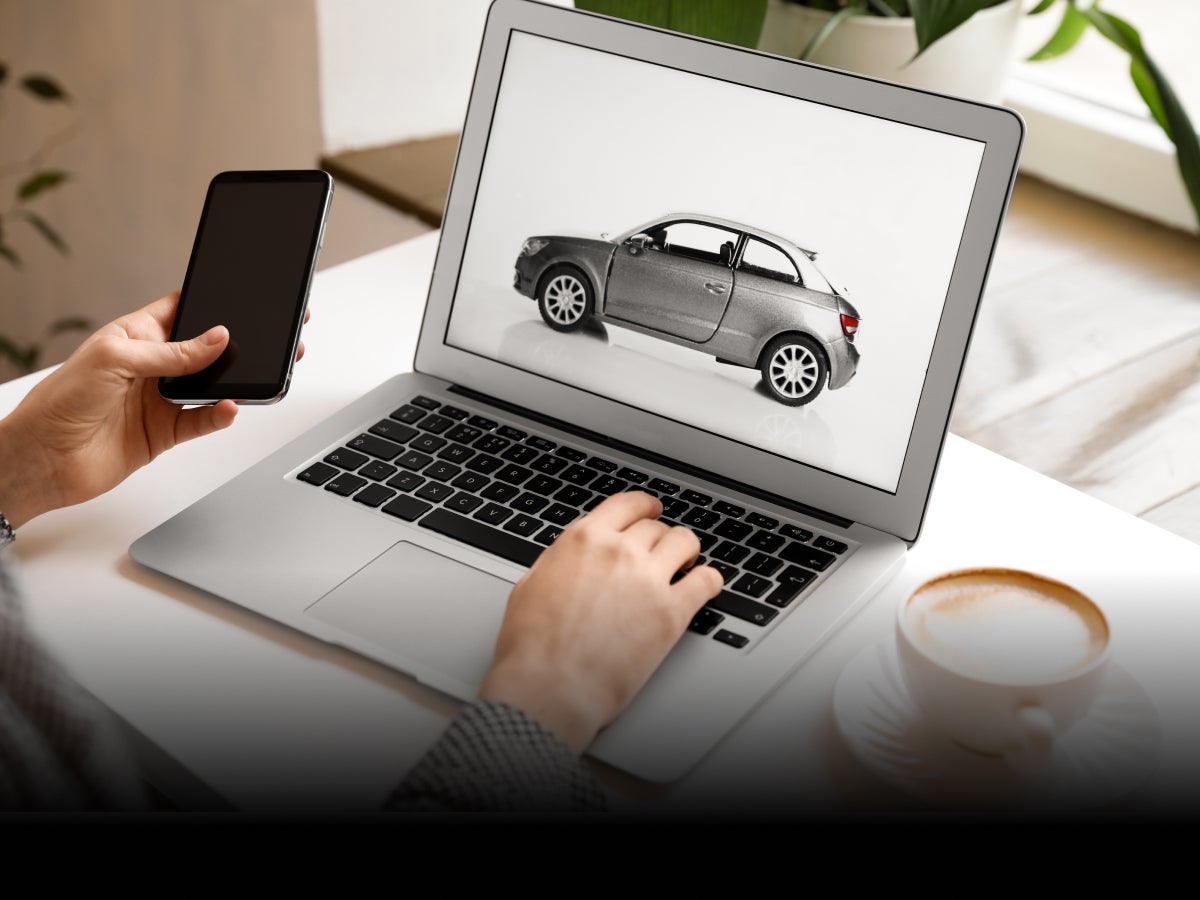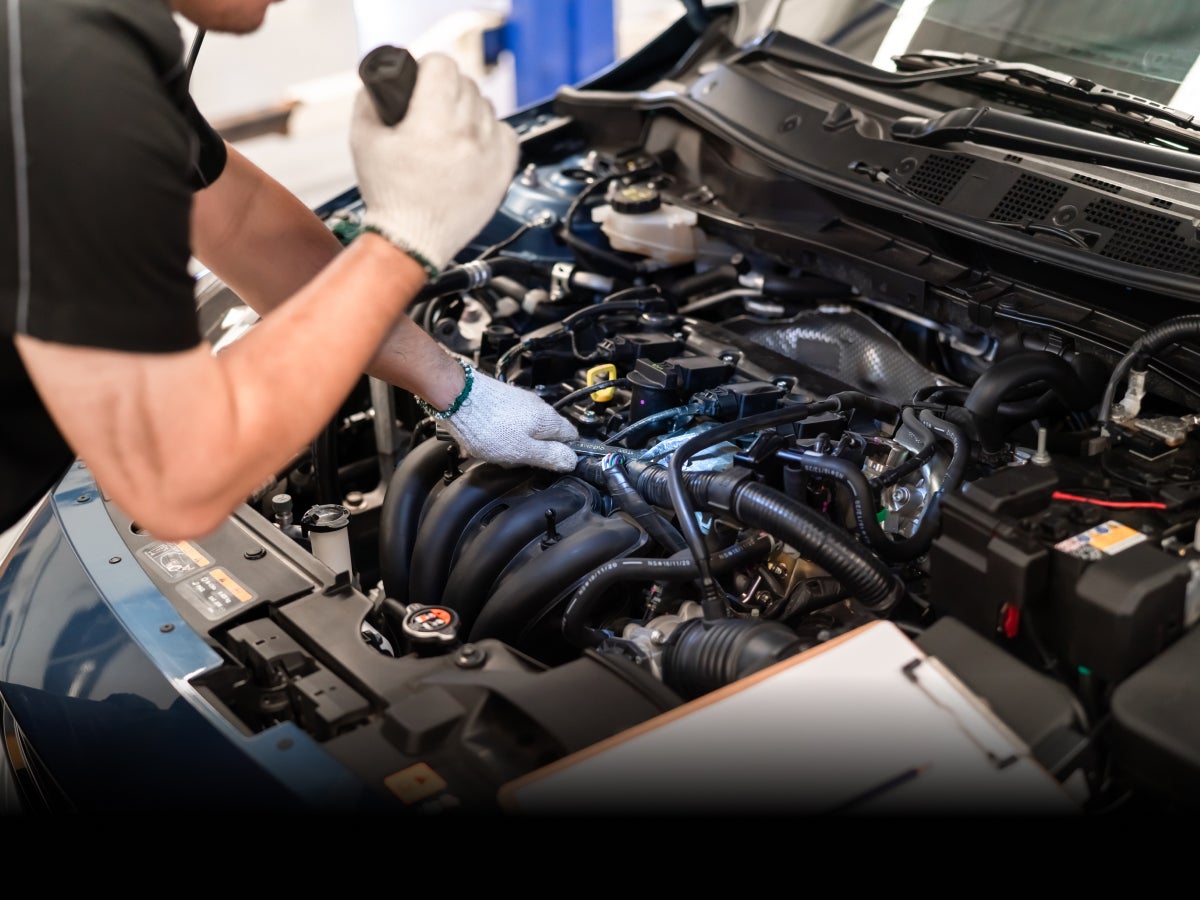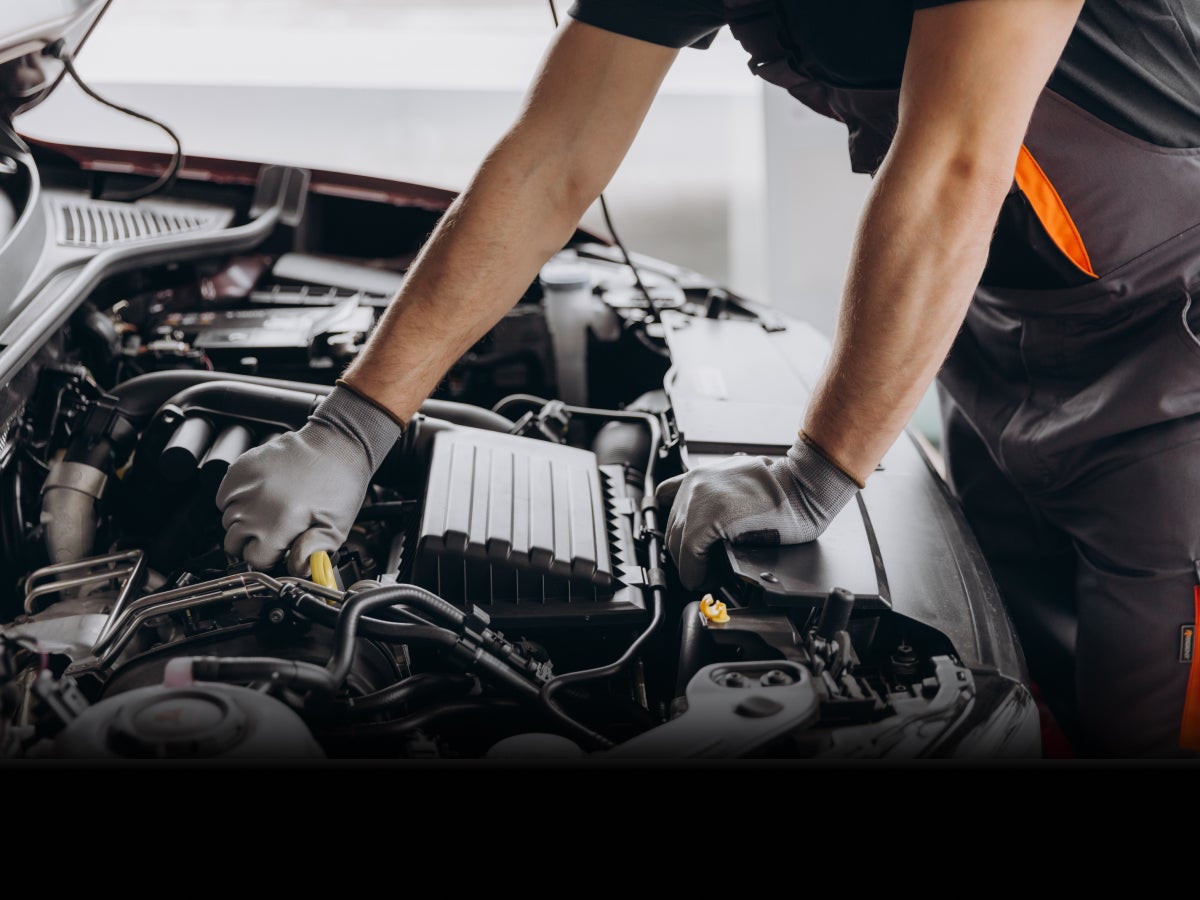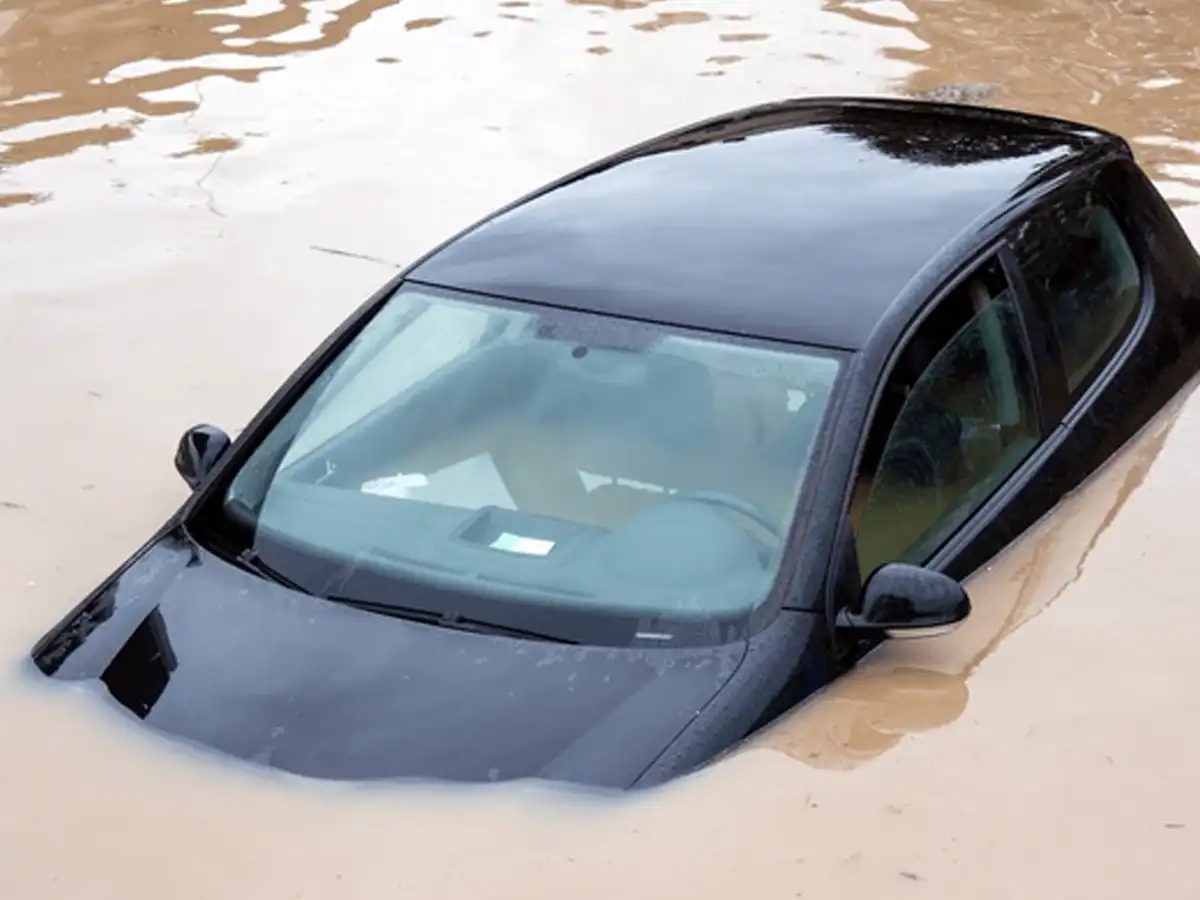

How to Identify Flood-Damaged Cars Based on Interior and Underbody Indicators
- 1Detect flood damage by checking for rust, odours, and wiring faults
- 2Inspect carpets, seat rails, and underbodies for hidden flood signs
- 3Our PDI catches flood damage even professional cleanups can miss
Flood-damaged cars are often cleaned up and resold with little to no mention of their watery past. But no matter how spotless the exterior may look, water always leaves a trail. From musty interiors to corroded underbodies, a trained eye (and nose) can spot the red flags. This guide walks you through the exact signs to watch for, inside and underneath, so you don’t unknowingly purchase a flood-compromised vehicle. For added assurance, CARS24’s Pre‑Delivery Inspection (PDI) process is built to catch even the subtlest clues of flood history.
Look (and Smell) Inside First
The interior of a flood-damaged car often carries the first, and most obvious, clues. If the cabin smells musty or mouldy, that’s a red flag. Even if there’s a strong air freshener in place, trust your nose. Sellers often try to mask the scent of dampness or mildew. Beyond smell, visually inspect carpets, seat cushions, and door panels for water stains, tide lines, or warped textures. Lift floor mats and check the underlying carpet; moisture here is a major warning sign. Also, check for moisture behind or under the spare wheel in the boot.
Watch for Unusual Rust in the Cabin
Interior rust is a rare sight in a healthy vehicle, but a telltale sign in flood-damaged ones. Look at exposed metal parts like seat rails, door hinges, bolts under the seat, and seatbelt anchors. If you see corrosion or rust flakes in these spots, it's likely the car has been waterlogged before. These areas are not meant to get wet, and rust here should not be ignored.
Discoloration and Mismatched Materials
Another giveaway is mismatched or newer-looking upholstery in an otherwise aged cabin. If the seats look freshly replaced but the steering wheel or dash appears worn, ask why. Often, flood-damaged cars are reupholstered or cosmetically "fixed" to hide the damage. Also, pay attention to discoloured seat belts or uneven fading between carpet sections; these are signs the interior has been submerged or soaked.
Electrical Gremlins and Odd Behaviours
Water and electronics don’t mix. Test all electronics, infotainment, power windows, seat adjusters, lights, and dashboard controls. In flood-damaged cars, you might find slow or non-functional switches, blinking error lights, or glitchy infotainment systems. If any function seems delayed or erratic, that could be due to lingering moisture damage to wiring or connectors.
Underbody Red Flags: Rust, Mud, and Silt
Now get low, literally. Look beneath the car to examine the underbody. Floodwater usually carries mud, sand, and silt that can settle into crevices. Check for caked-on dirt in places it wouldn’t naturally collect, like the underside of suspension components, control arms, brake lines, and even inside the wheel arches. Rust is a natural process over time, but unusual or widespread underbody corrosion on a newer car is suspicious. Pay special attention to parts like the exhaust hangers, fuel tank straps, and floor pan edges.
Check Drain Plugs and Rubber Seals
Drain holes and plugs located under the vehicle are often removed during flood cleanup to release trapped water. Check if they're missing or appear to have been recently tampered with. Also inspect rubber door seals, trunk linings, and sunroof drains. A brittle or warped seal could mean water sat there for too long.
Pre‑Delivery Inspection: Your Best Flood-Protection Plan
CARS24’s Pre‑Delivery Inspection (PDI) process goes far beyond a basic check. We inspect cabin materials, perform odour detection, test all electronics, and visually check underbody panels using lifts and floodlights. We also verify seatbelt condition, check rust-prone anchor points, and assess carpet moisture levels with dedicated tools. If a vehicle has ever seen floodwater, we’ll know, and you’ll know.
Conclusion
Flood damage can haunt a car long after the water’s gone. While some cosmetic fixes might fool the average buyer, interior moisture, hidden rust, and underbody sediment always leave a mark. Don’t gamble on your safety or wallet. With our expert Pre‑Delivery Inspection service, you get full transparency and peace of mind before signing on the dotted line.
Frequently Asked Questions
Expand all

